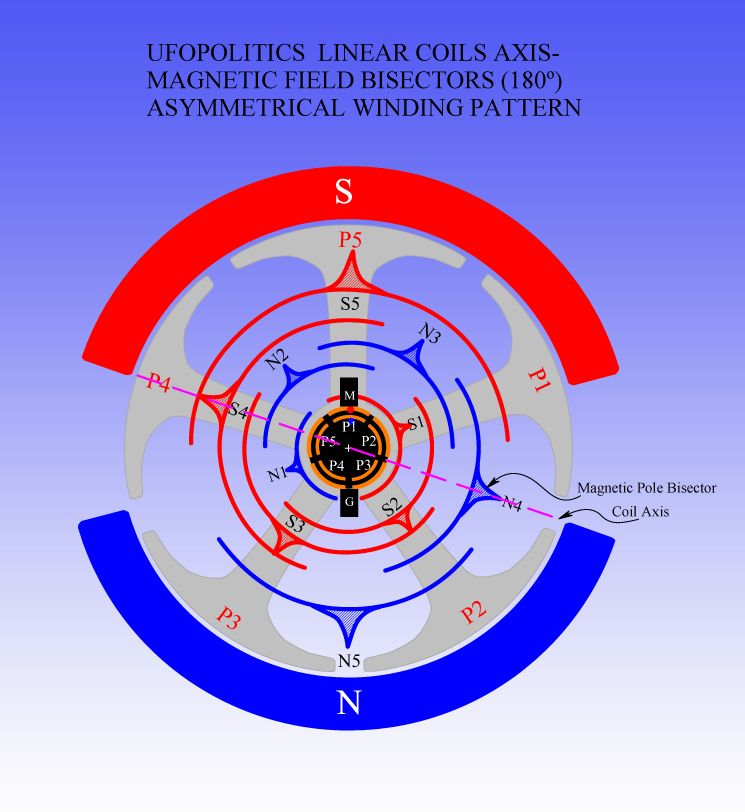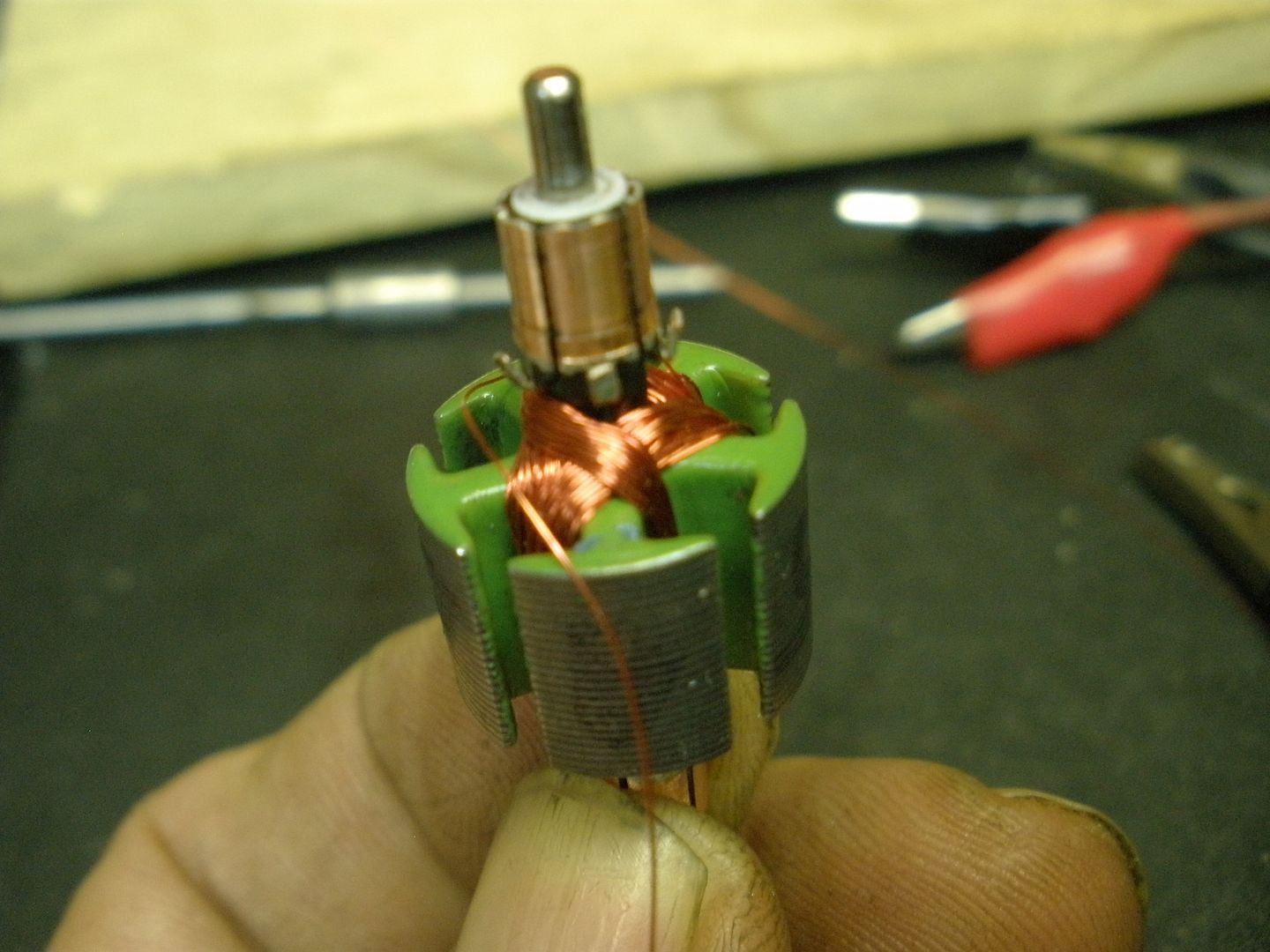It's Dead Time Now.
Thanks for your great work, DANA, i am starting to get a fuzzy picture of what UFO is trying to show us now, about dead time.
It will be incredibley interesting adapting this method of pulsing to a 36 pole with wound stators, in sequence with the rotor.
I am making slow progress on my build as farm demands most of my time for a month or so, planting crops, etc, to pay the bills.
Thanks Again,
Regards Cornboy.
Thanks for your great work, DANA, i am starting to get a fuzzy picture of what UFO is trying to show us now, about dead time.
It will be incredibley interesting adapting this method of pulsing to a 36 pole with wound stators, in sequence with the rotor.
I am making slow progress on my build as farm demands most of my time for a month or so, planting crops, etc, to pay the bills.
Thanks Again,

Regards Cornboy.



 Had to laminate slots with aluminum, just don't think there is enough plastic material there for any strength. so it goes. Get a new tap tomorrow. Got put the basic slots into the motor body, a 1/8" aluminum tube and cut my magnets yet too.
Had to laminate slots with aluminum, just don't think there is enough plastic material there for any strength. so it goes. Get a new tap tomorrow. Got put the basic slots into the motor body, a 1/8" aluminum tube and cut my magnets yet too.




Comment